Your next Long Island daytrip will have you following in presidential footsteps. Less than an hour and a half from Manhattan by train lay the calm waters and quiet streets of Oyster Bay, a sleepy hamlet on Long Island’s North Shore famous as the former home and summer refuge of Theodore Roosevelt.
But there's more to this hidden Nassau County gem than its historic resident or the once-abundant shellfish that gave the town its name. Since its founding by English colonists in 1653, Oyster Bay has retained the rural charm, relaxed pace and quaint, historic character that make it a lovely place to spend the day or a weekend. Here’s our guide for what to see and do in Oyster Bay.
LEARN ABOUT ALL THINGS TEDDY AT SAGAMORE HILL
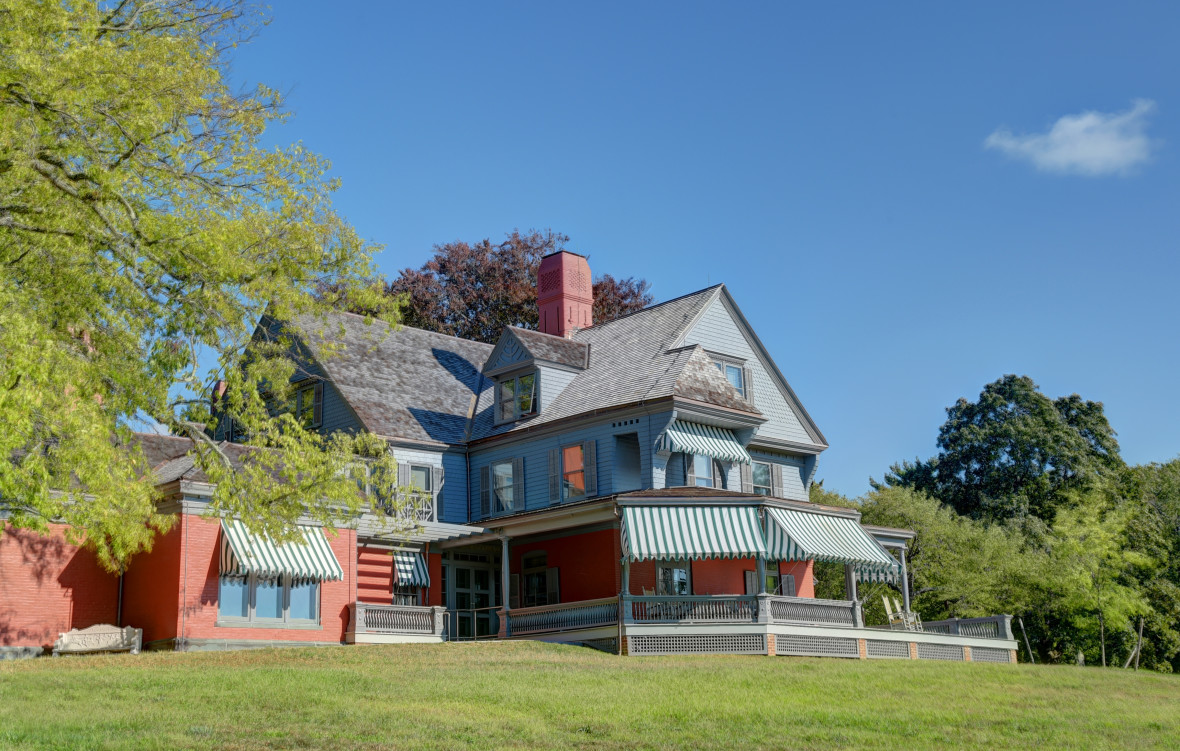
During the four decades that Theodore Roosevelt lived in Oyster Bay, Sagamore Hill served as his home. Built in 1885, the 23-room Queen Anne-style house stood on 95 acres of land a couple of miles northeast of the town of Oyster Bay, in a forested area called Cove Neck that Roosevelt had explored and enjoyed as a boy. He and his second wife, Edith, would raise four children at Sagamore Hill, and he would die there in 1919; Edith remained in the house until her death in 1948.
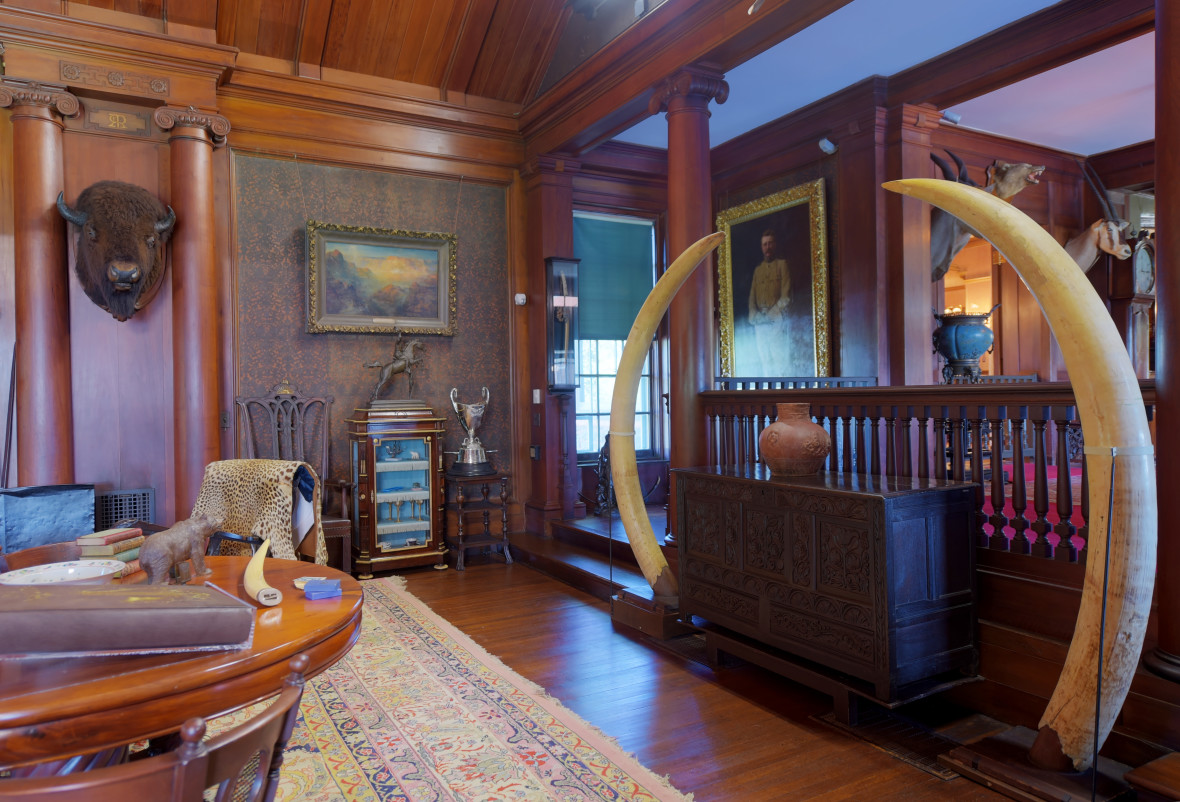
During Roosevelt’s presidency (1902-08), he and his staff would relocate from Washington, D.C. to Sagamore Hill every summer, and it became known as the summer White House. Early peace talks to end the Russo-Japanese War were held there in 1905, and foreign dignitaries were regular visitors. Roosevelt would also give speeches to the townsfolk from the porch on the house’s west side and lead his children on walks around the property, where he taught them how to shoot, ride, and row, among other outdoor activities.
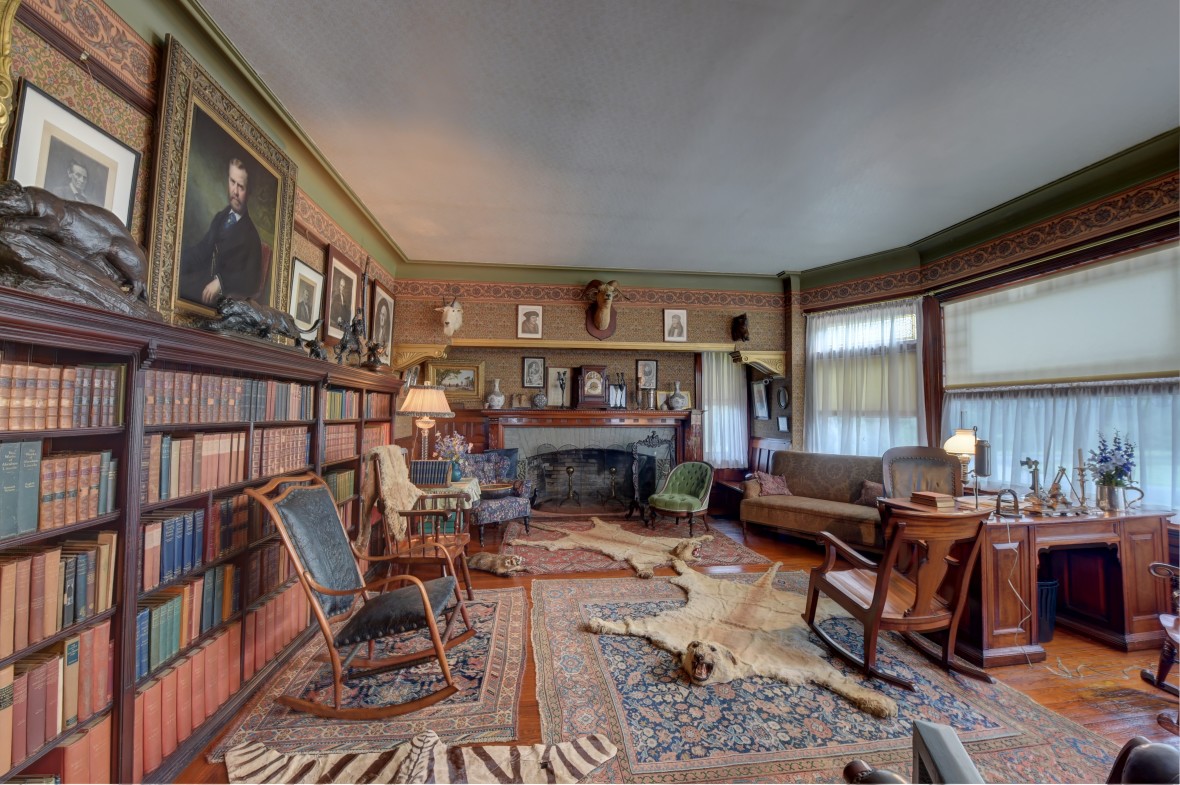
Today, Sagamore Hill is a historic site maintained by the National Park Service and open to the public, with the interior preserved as it looked during Roosevelt's lifetime. Guided tours will take you through the house, with highlights including the North Room, which holds Roosevelt’s many hunting trophies from his trips to Africa, South America and the United States, as well as gifts and mementoes from his presidency; the library that served as his office; and the “gun room,” a den space where Roosevelt’s hunting equipment was stored and where the Roosevelt boys would play.
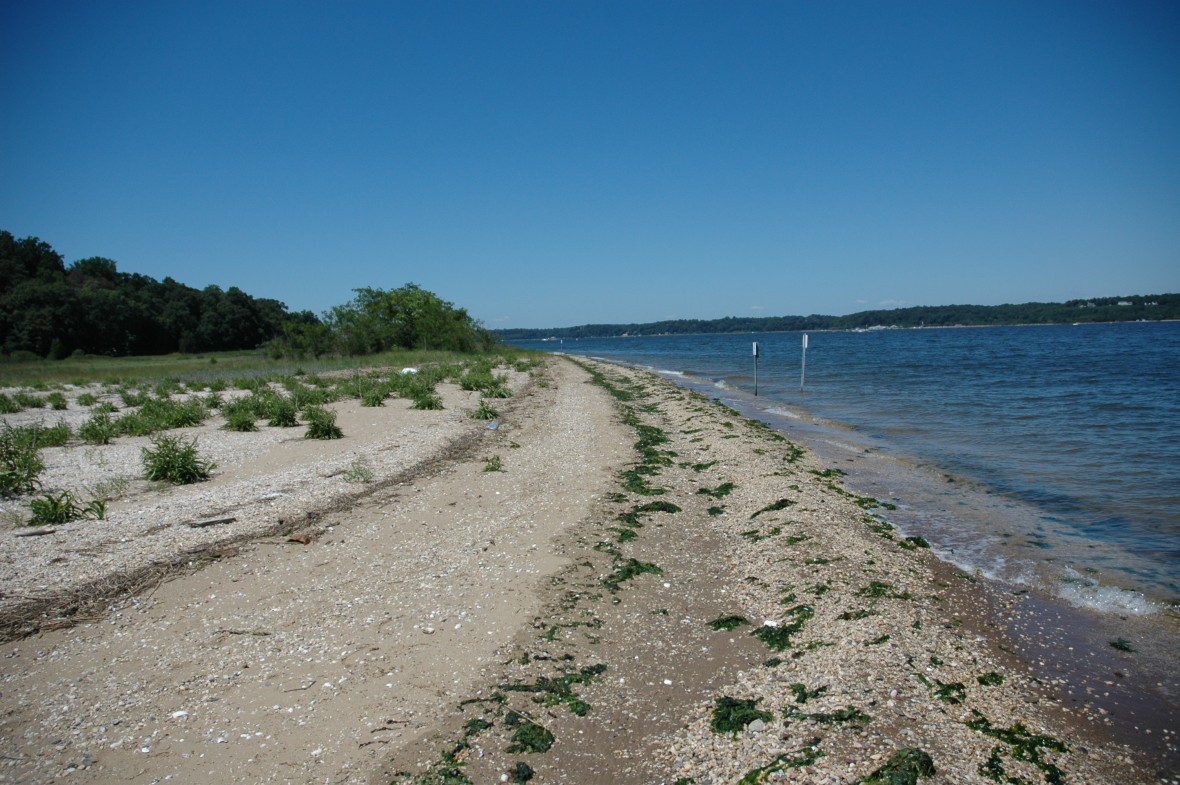
Sagamore Hill is also the home of the Theodore Roosevelt Museum, which is located in the “Old Orchard,” the residence of Roosevelt’s son, Theodore Jr., built in 1938; it is open to the public from Thursday through Sunday. Visitors can also roam the 83 acres of forest and meadows around the house, featuring a nature trail for hiking as well as a beach and marshlands that are perfect for picnics and birdwatching. Tours of the house must be reserved online ahead of your visit, but the grounds are free to access and open year-round from sunrise to sunset. Sagamore Hill is located roughly 10 minutes from the Oyster Bay LIRR station by car.
EXPLORE THE OUTDOORS AT PLANTING FIELDS ARBORETUM

Teddy Roosevelt’s house isn’t the only famous 19th-century mansion in Oyster Bay. Just outside of town, visitors can step onto a former Gold Coast estate at the Planting Fields Arboretum, once the property of W.R. Coe, an English businessman, and his wife, Mai Rogers, daughter of a Standard Oil executive. Deeded to the state in 1949, it features more than 400 acres of flowers, woodlands and lawns, as well as two greenhouses.
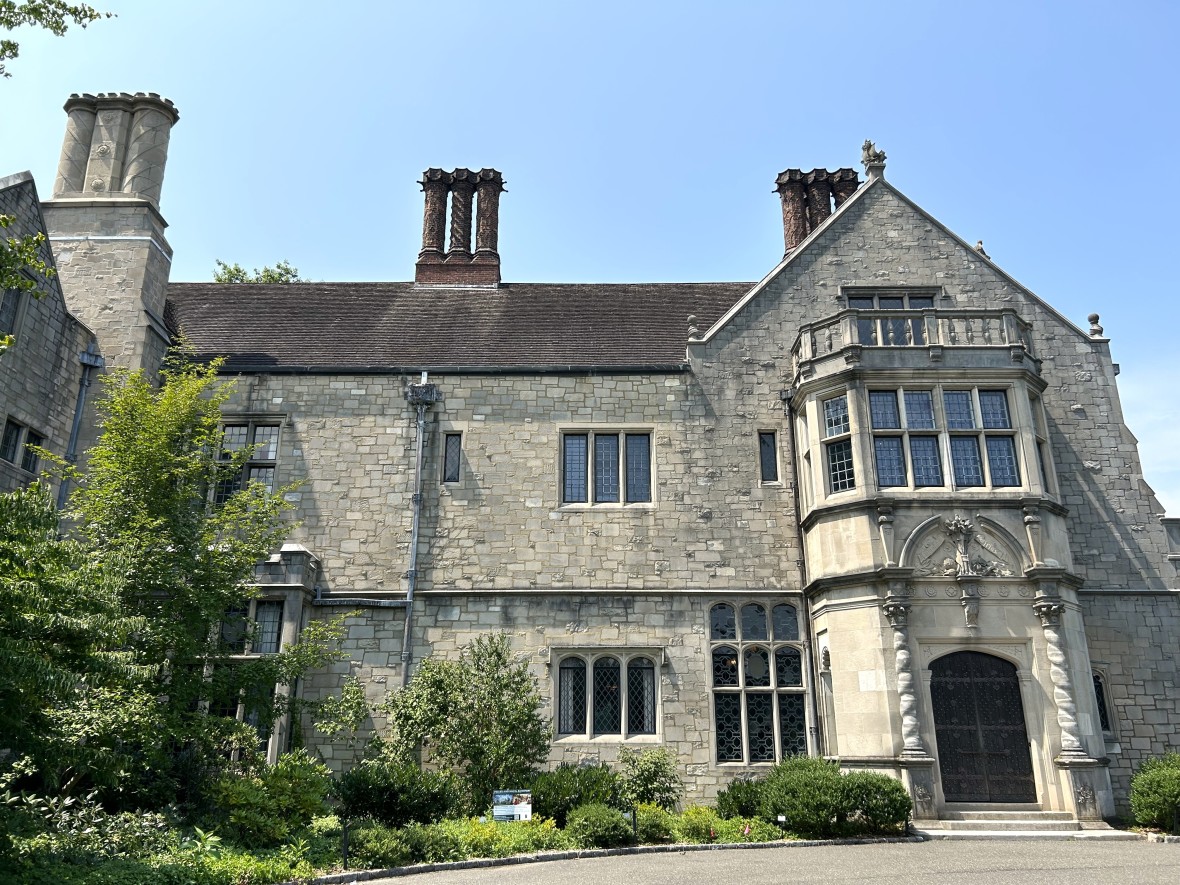
The Coes bought Planting Fields in 1913 and hired the Olmsted Brothers of Central Park fame to lay out and design the estate. When the property’s already existing house burned down in 1918, it was replaced by a 67-room Tudor Revival-style manor called Coe Hall, now a museum. Over the 30 years that the Coes owned Planting Fields, they filled it with all manner of flowers and trees arranged into different gardens. Today, you can find over 1,000 types of rhododendrons, show-quality dahlias, hundreds of holly and conifer trees, a heather garden, a large rose garden, nearly 100 magnolias, and countless azaleas.

The highlights at Planting Fields are the Italian Garden and the two greenhouses. The Italian Garden was planted in 1916 in the style of a giardino segreto — a small, secluded garden filled with flowers and herbs that was popular during the Italian Renaissance. During the Gilded Age, gardens of this kind were used for social events; Mai Coe would host parties there. The main greenhouse, designed by the Olmsted Brothers and completed in 1929, was one of the last of its kind built for a private estate and holds the Coes’ hibiscus collection, as well as orchids, succulents, cacti, ferns, and palms, plus seasonal exhibitions of poinsettias, hydrangeas, and chrysanthemums. And the Camellia Greenhouse, which dates back to 1916, was home to 100-plus plants originally imported from England; today, there are more than 300.
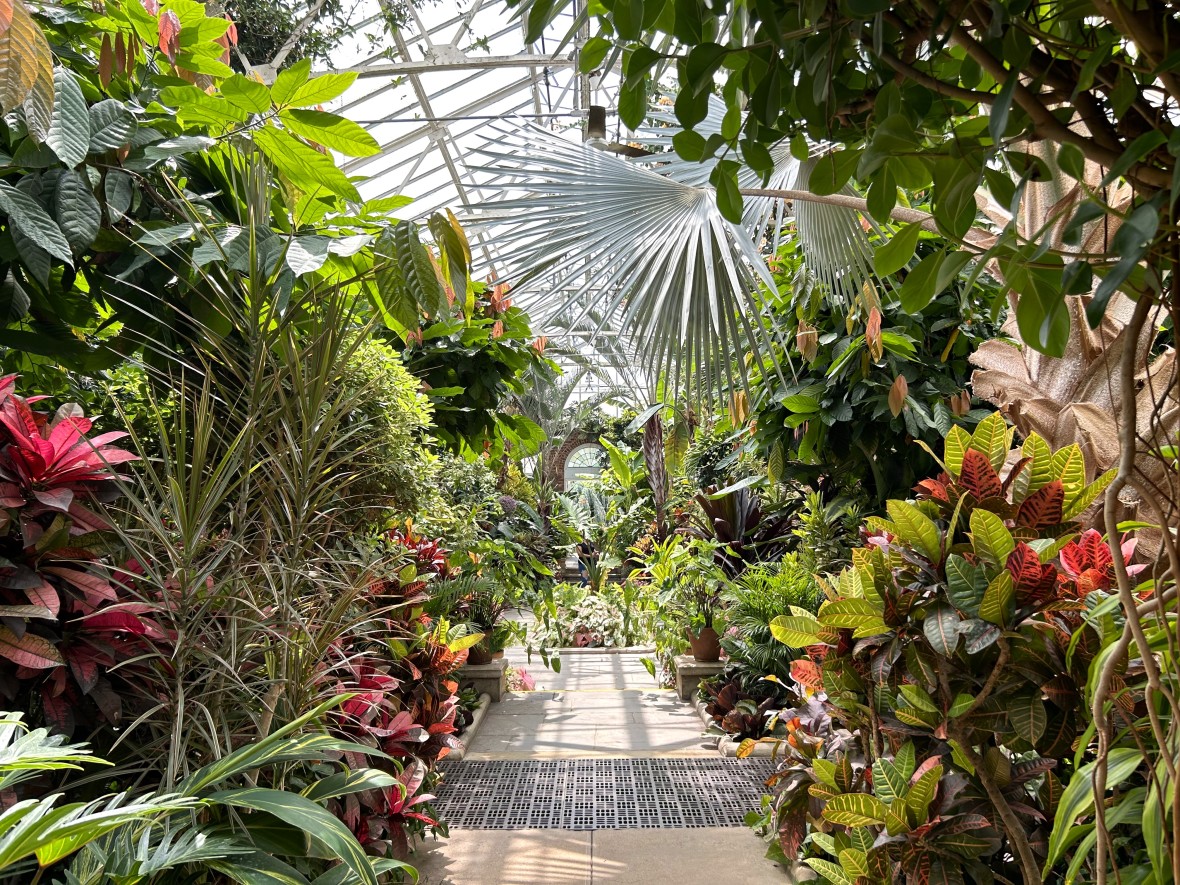
Planting Fields is open year-round and every day from 9:00 am to 5:00 pm; entry is free. Coe Hall is open for tours from Friday through Sunday for $10 per ticket for adults. Events including concerts, children’s workshops and horticulture talks are also held at Planting Fields regularly; check out their calendar to see what’s coming up. The arboretum is a five-minute drive from the Oyster Bay LIRR station.
CHECK OUT THE SCENE DOWNTOWN
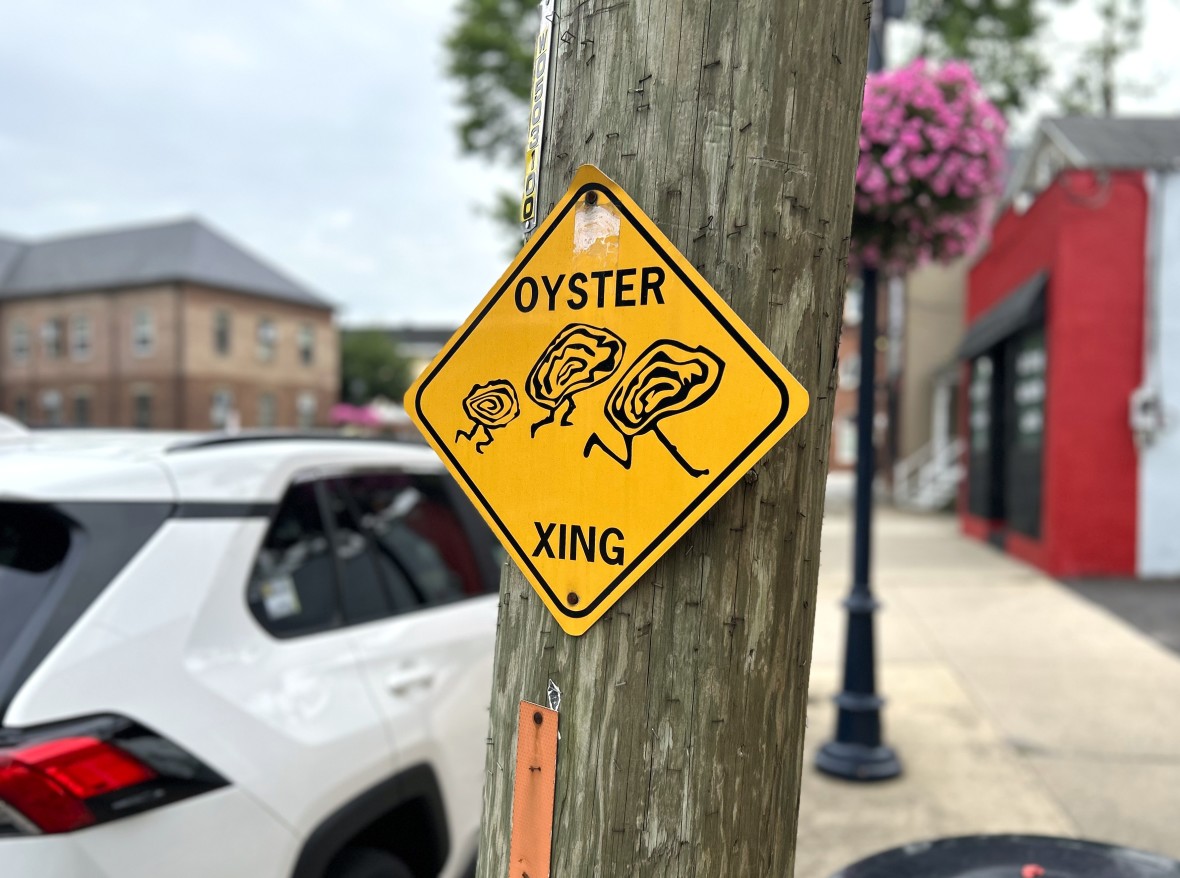
Oyster Bay is a small town, and its downtown is comprised of just a couple of streets: Main Street (divided into East Main and West Main), Audrey Avenue, and South Street. But its restaurant and shopping scene is an eclectic mix of fine dining, local fixtures, and hidden gems with something for everyone.


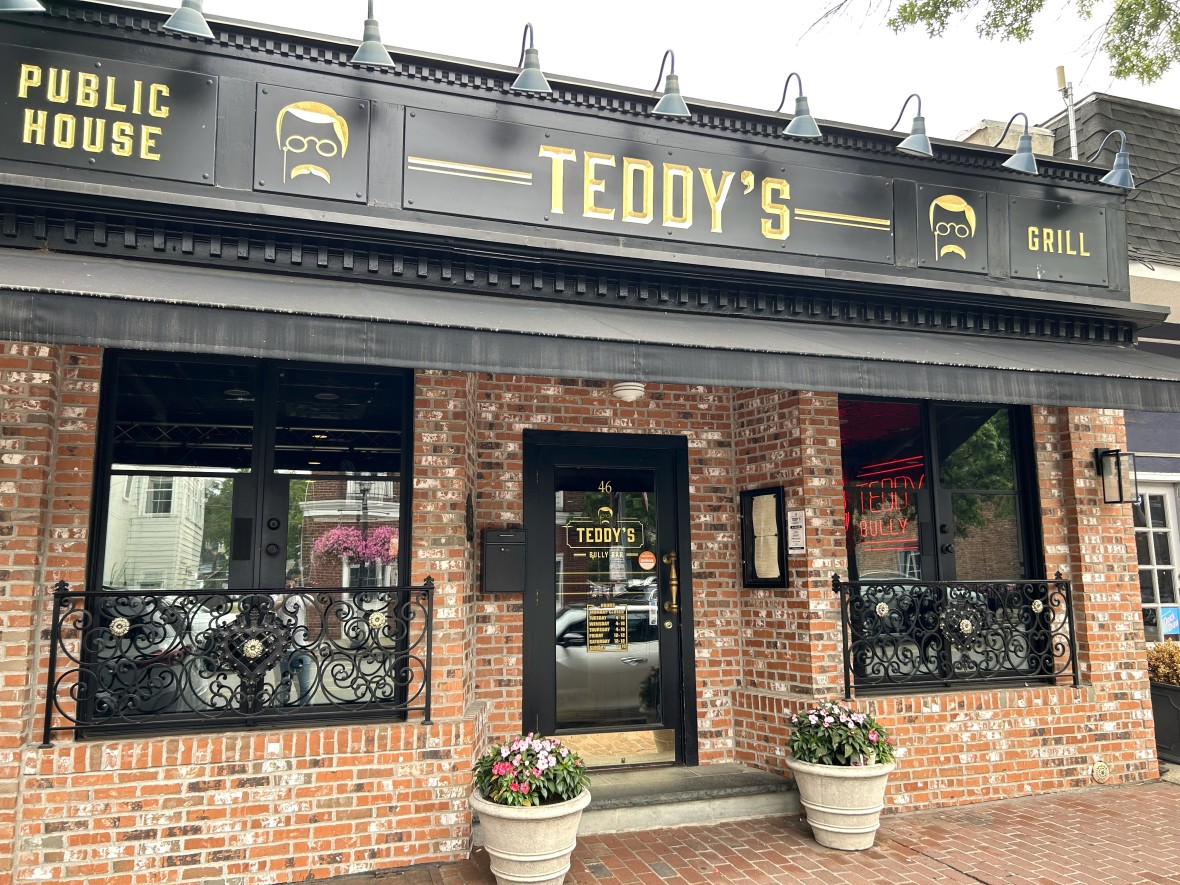
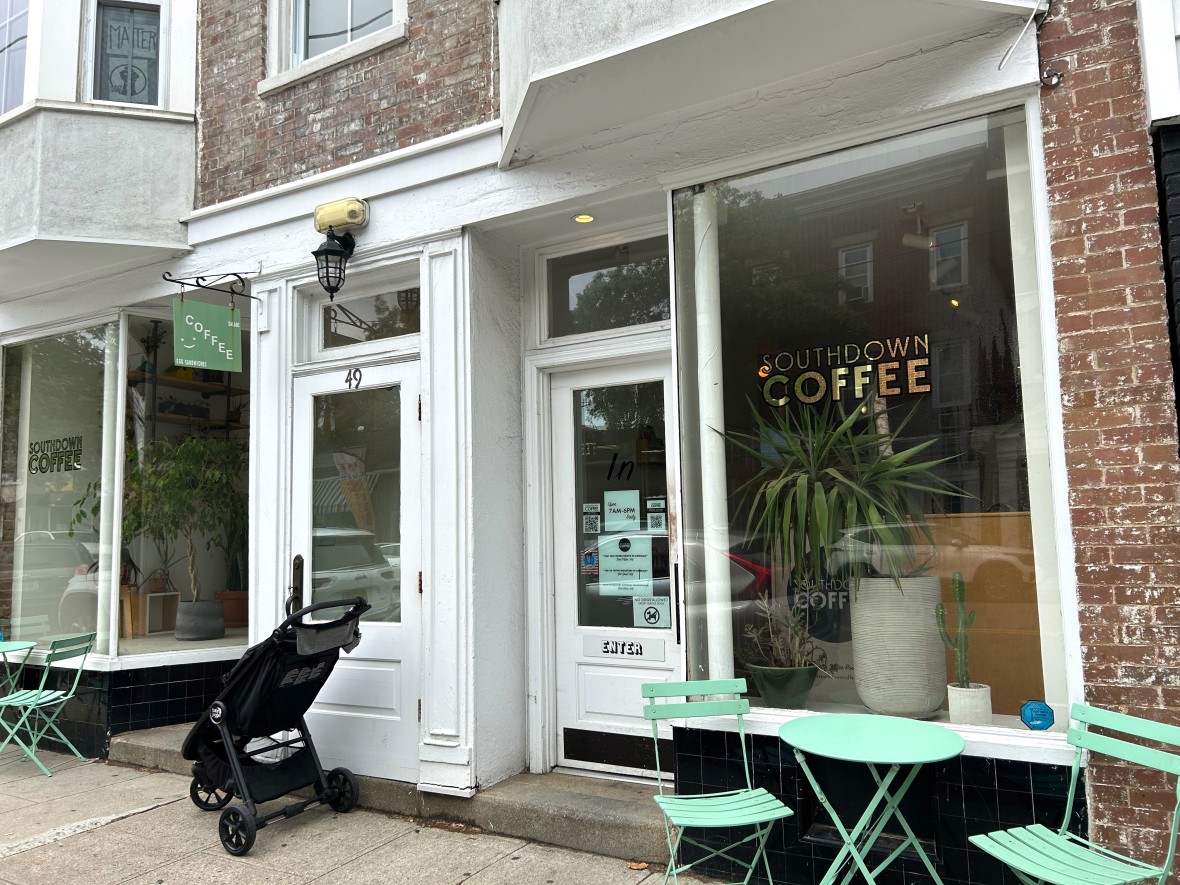
Craft beer aficionados should hit up Oyster Bay Brewing Company (36 Audrey Ave), a combination brewery and taproom with a dozen beers on tap, including their popular collaboration with the New York Islanders, the Barn Rocker Pale Ale. You’ll also find snacks, a pool table, and a pinball machine to keep you entertained while you sip your beer. Similarly, Teddy’s Bully Bar (46 Audrey Ave) has a solid list of local and imported drafts plus cocktails and well executed pub grub. And if coffee is your drink of choice, Southdown Coffee (49 Audrey Ave) is a local roaster that offers single-origin brews along with an expansive selection of pastries, including gluten-free and vegan options, in a tidy and well-lit space.

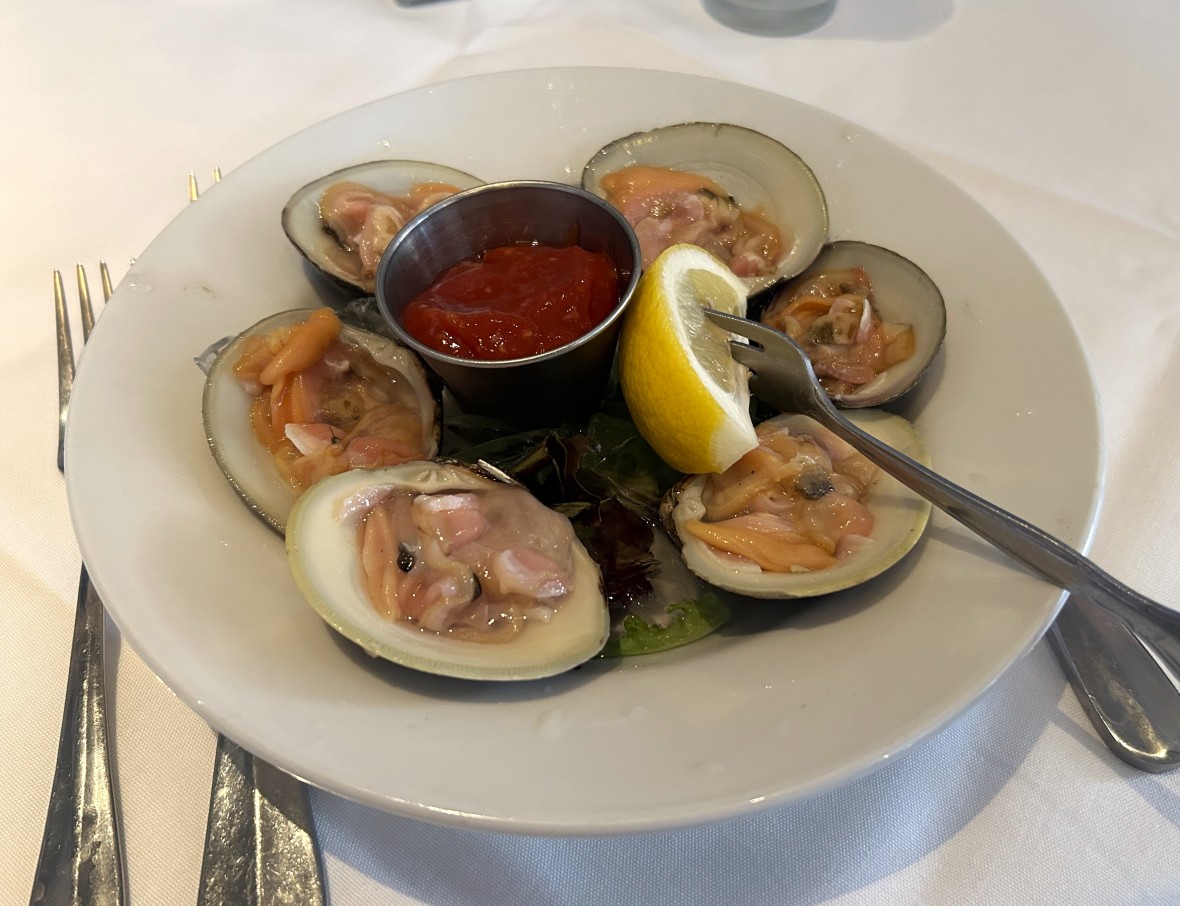

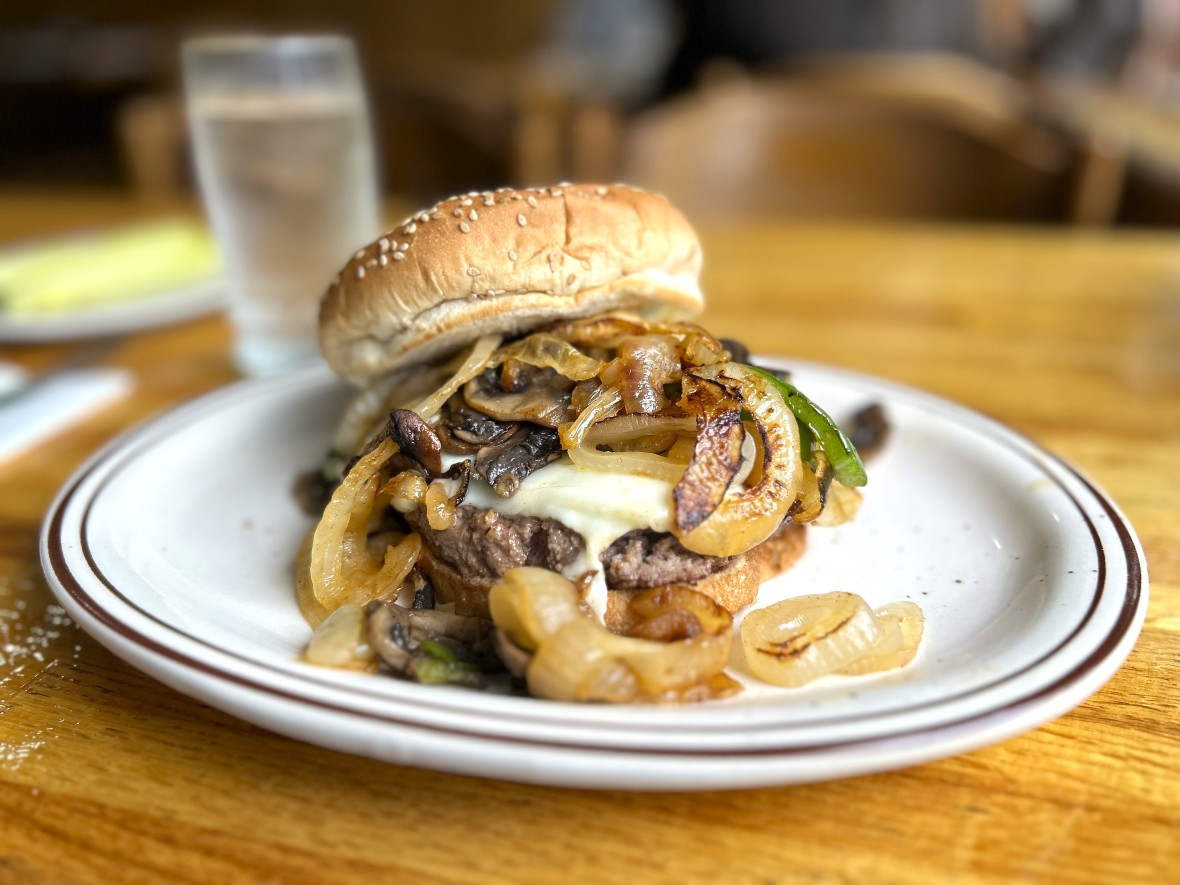
For an upscale lunch or dinner, Wild Honey (1 E Main St) offers excellent American cuisine highlighted by seafood and shellfish, including local little neck clams and baked Blue Point oysters. Or head over to 2 Spring (2 Spring St), which boasts an Iron Chef winner in the kitchen. For something more lowkey, try Taby’s Burger House (28 Audrey Ave), a longtime diner that slings enormous half-pound burgers and is great for families. Another good stop for tasty food made right and quick: Beach Bird (19 E Main St), which specializes in chicken sandwiches, wings, and tenders.

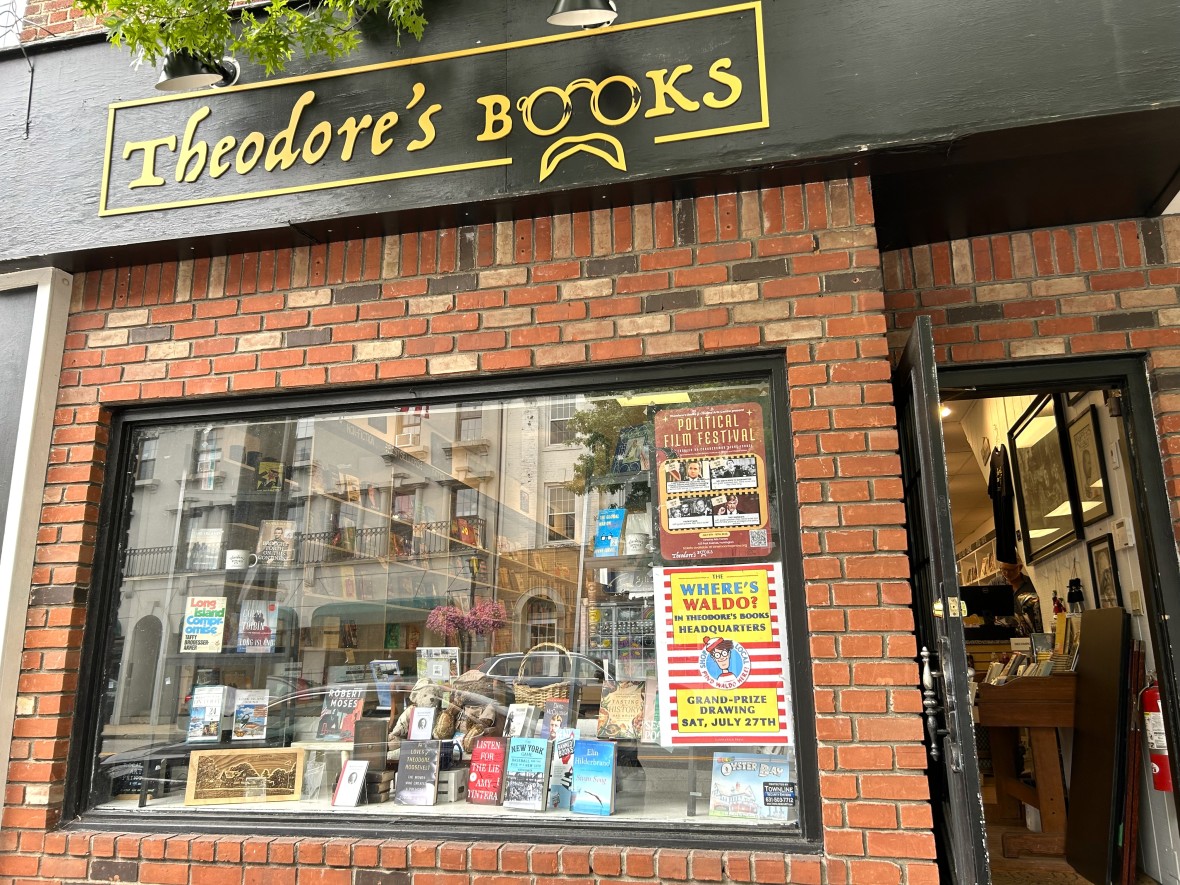

If you’re in need of some reading material, head to Theodore’s Books (17 Audrey Ave), an independent bookstore owned by ex-Congressman Steve Israel. It’s your one-stop shop for all things Roosevelt, but you'll also find an expansive collection of books about Long Island, Oyster Bay-themed merchandise, and lots of new arrivals in fiction, nonfiction and children’s literature. Looking to thrift? Encore Une Fois (103 South St) is a curated boutique specializing in men’s and women’s fashion, or you can dig through the mountains of low-priced second-hand goods at Hope for Long Island Thrift Store (98A Audrey Ave), with two floors full of clothing, books, DVDs, toys, home goods, and much more, including a giant selection of Christmas and holiday decorations.
MORE EXPLORING
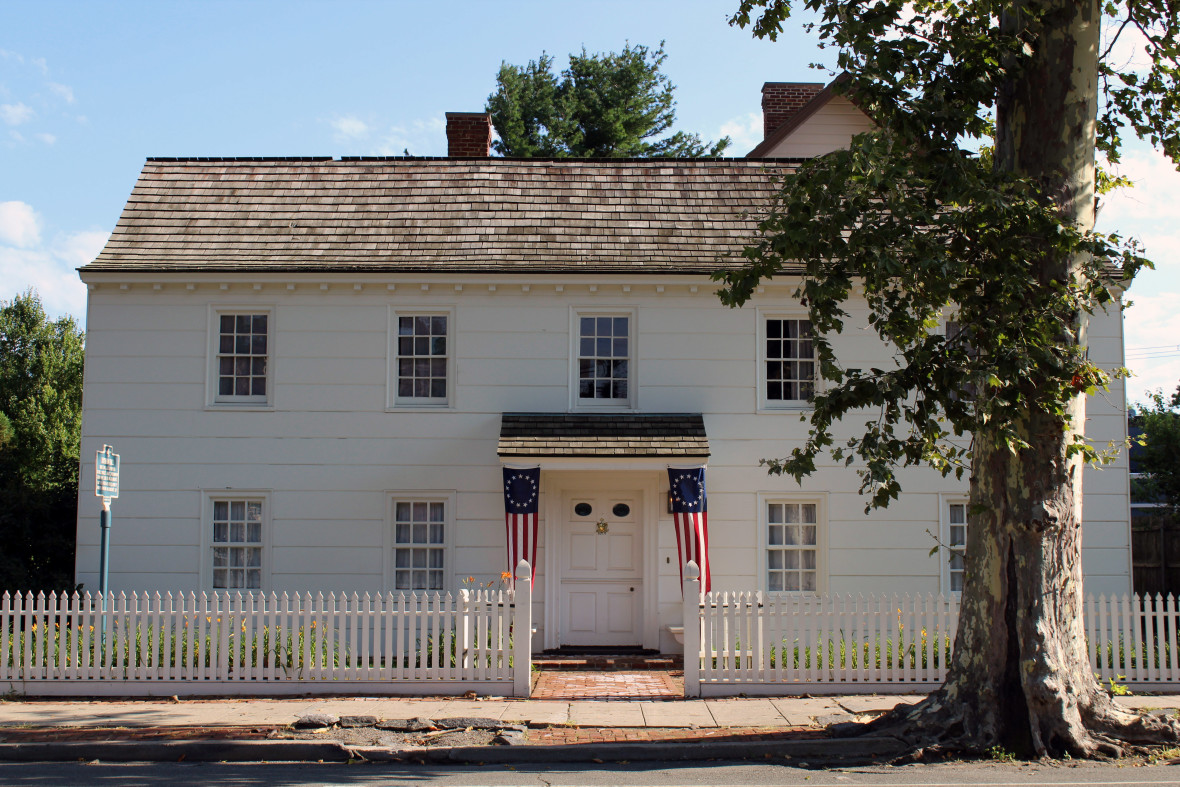
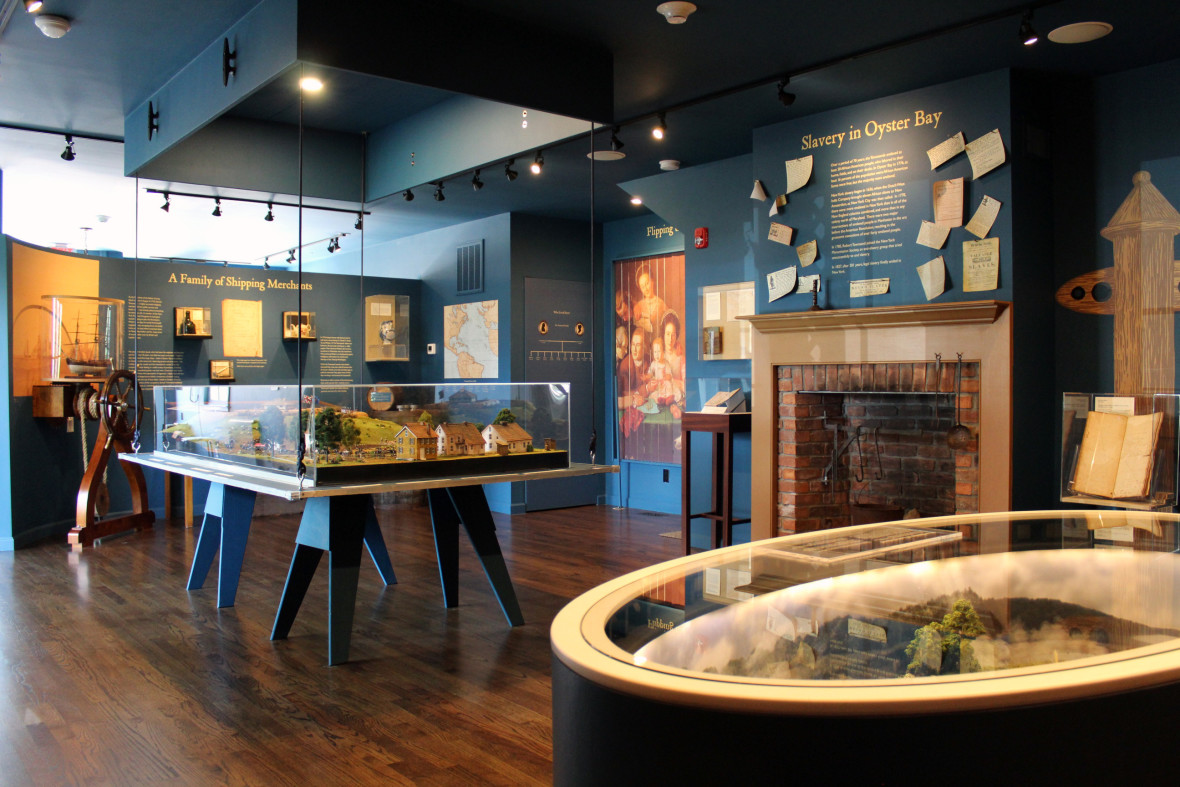
For a glimpse of life in Oyster Bay during the colonial and Victorian eras, a trip to Raynham Hall Museum is in order. Formerly the home of a merchant family, the building is a preserved display of 18th- and 19th-century architecture, style and decor, as well as an important historical site on its own. There, you can learn about the history of slavery in colonial Long Island; the Culper Spy Ring, an American intelligence network created by George Washington during the Revolutionary War; and Raynham Hall’s connection with America’s first Valentine. Raynham Hall is open to visitors for self-guided tours on Tuesdays, Thursdays and Saturdays from 1:00 pm to 4:00 pm, and for guided tours on Wednesdays, Fridays and Sundays at 1:00 pm and 3:00 pm; admission is $15 for adults. The museum is centrally located in town and is a short walk from the Oyster Bay LIRR station.
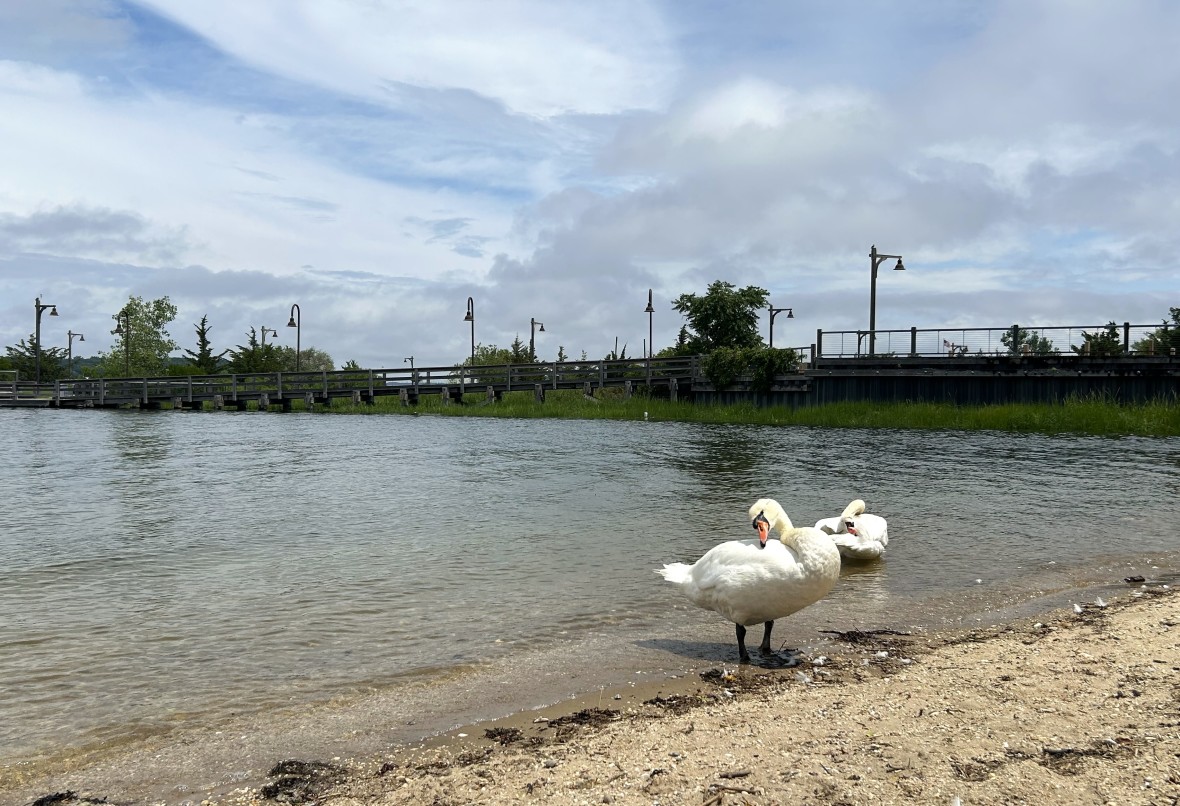

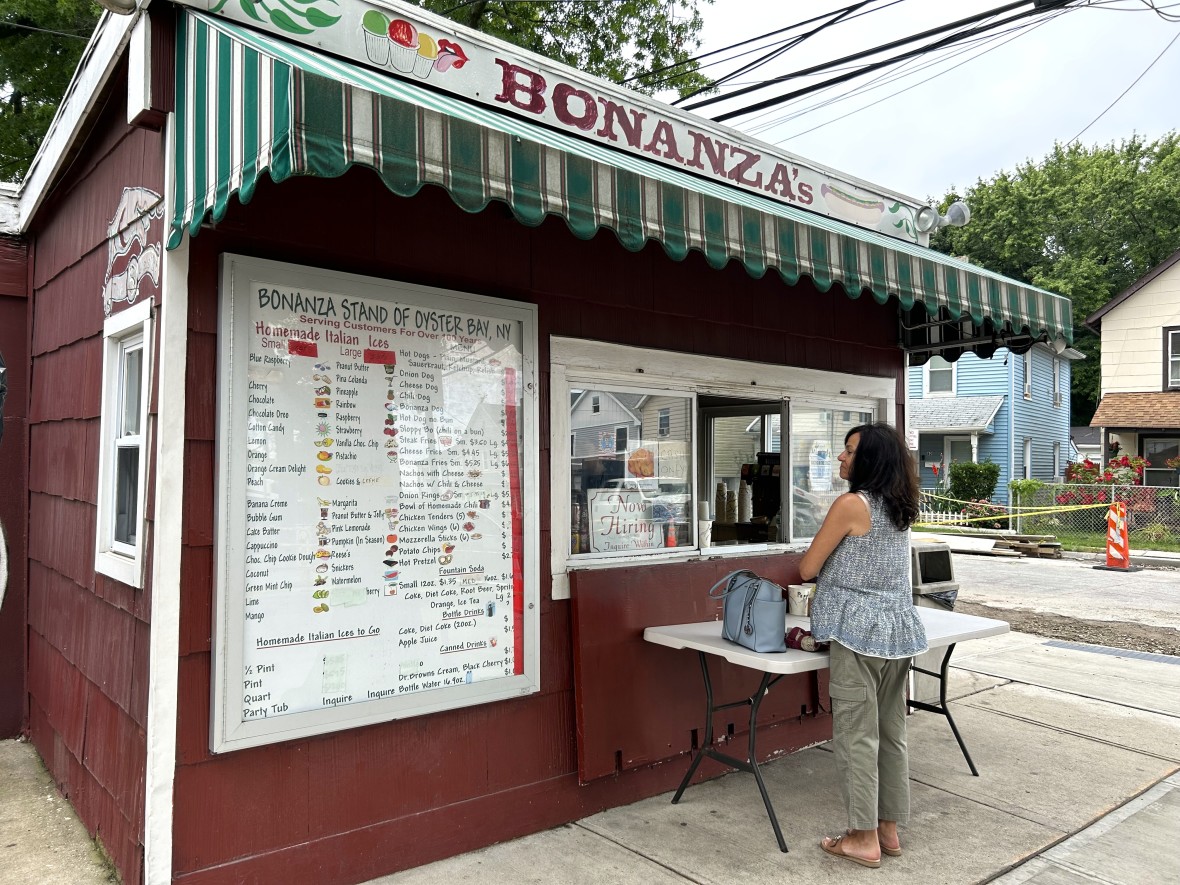
Oyster Bay has two small beaches a short walk from the LIRR station, both located within Theodore Roosevelt Memorial Park. Beekman Beach is a small rocky beach that isn’t well-suited for swimming or sunbathing, but you can fish from its shore or from the nearby docks. Theodore Roosevelt Beach is larger and sandy, making it a good place to catch the breeze on a warm day, and it has lifeguard supervision if you feel like taking a dip. You'll also find the (well over) 100-year-old Bonanza Stand of Oyster Bay nearby on Shore Avenue, be sure to stop by for an ice!
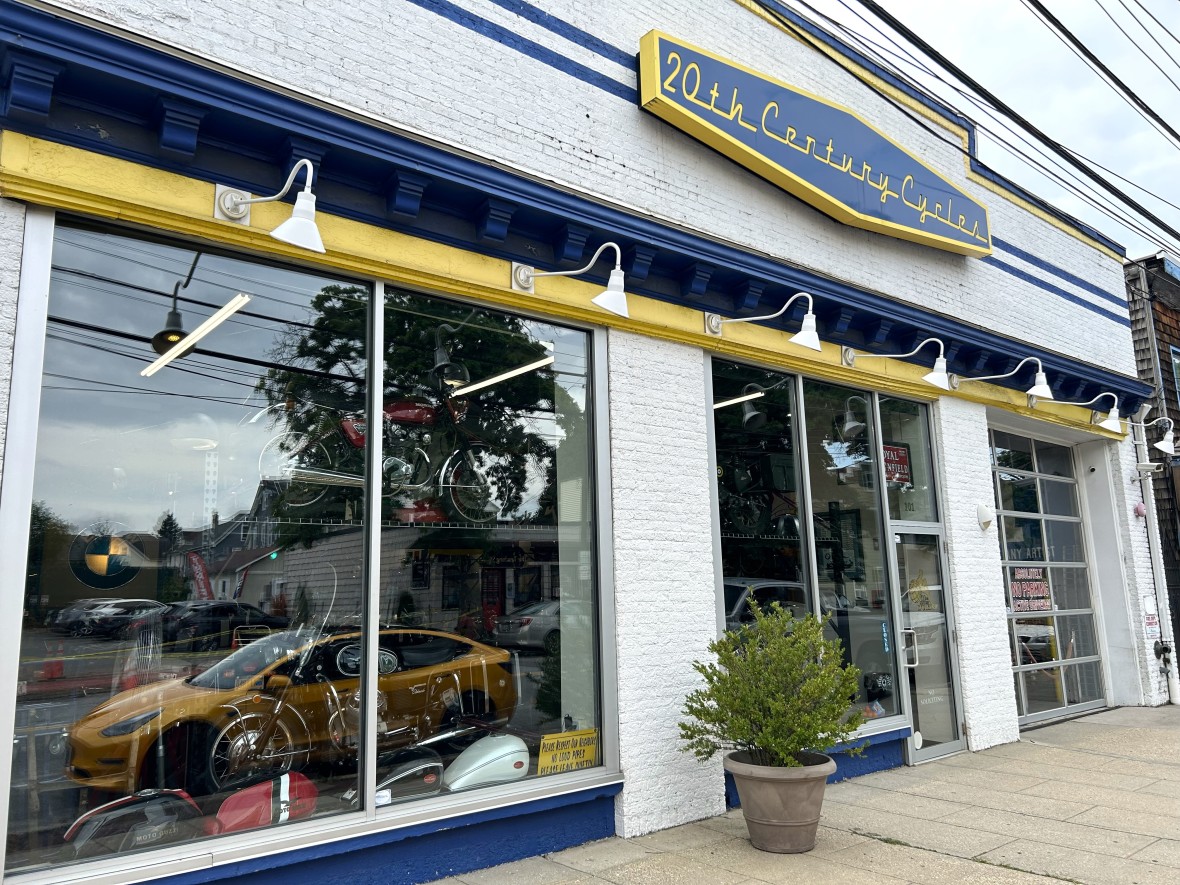
While Theodore Roosevelt is undoubtedly Oyster Bay’s most famous resident, he does have some competition in the form of Billy Joel, who has a presence in town in the form of 20th Century Cycles, his custom motorcycle museum. Over 75 bikes are on display there, from bobbers to cafe racers to cruisers, and are available for viewing on Saturdays and Sundays from 11:00 am to 4:00 pm, no admission needed.
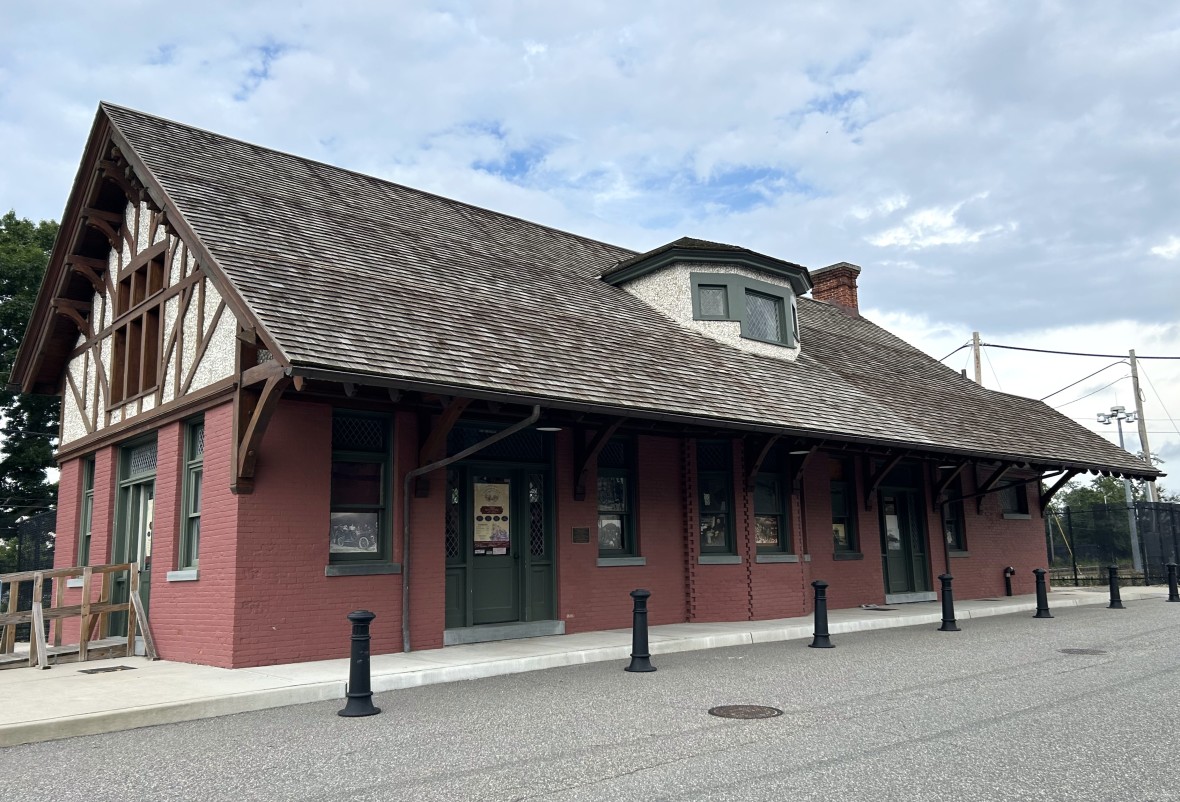
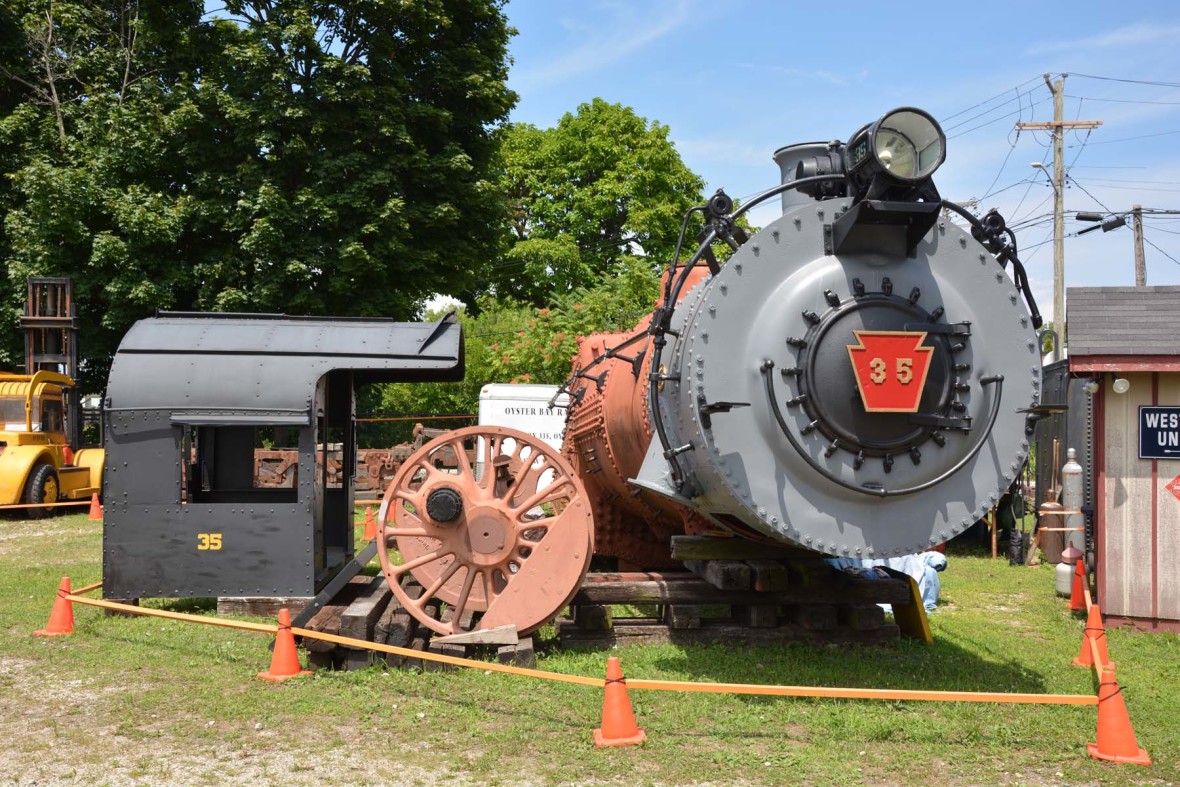

For the train enthusiasts (and if you’re reading an MTA guide, that probably means you), the Oyster Bay Railroad Museum is here for you. Located in the old Oyster Bay Railroad Station, which was built in 1889 and operated until 1999, this museum displays old trains and equipment and has indoor exhibits on the history of the railroad on Long Island. The museum is open from April through November on Saturdays and Sundays from 12:00 pm to 4:00 pm; admission is $7 for adults, $5 for kids ages 5-12, and free for children under five.
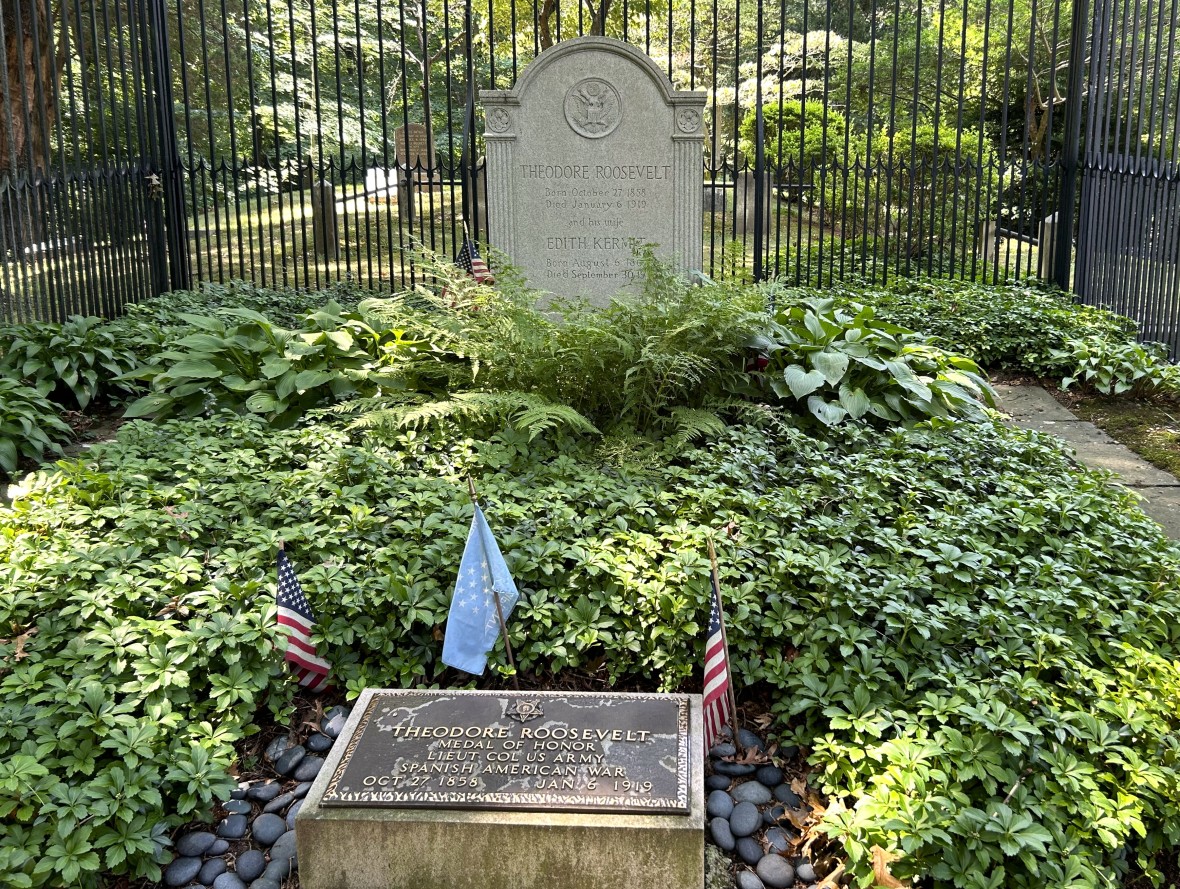
When Roosevelt died on January 6, 1919, he didn’t have to go far to find his final resting place: Youngs Memorial Cemetery, just a mile and a half from his home. That gravesite, where Roosevelt was joined by his second wife Edith upon her death, is open to the public; the grave itself is fenced off, but there’s a small open space where you can stand and see it, as well as a small monument to Roosevelt engraved with one of his quotes: “Keep your eyes on the stars and your feet on the ground.” Youngs Memorial Cemetery is also home to the Theodore Roosevelt Sanctuary and Audubon Center, a plot of land purchased by a cousin, W. Emlen Roosevelt, in 1929. Theodore had once told Emlen that the forest at Youngs featured a greater variety of birds than any other part of Oyster Bay, and so in tribute, Emlen bought the land and dedicated it as a bird sanctuary after his cousin’s death. The sanctuary is open to visitors daily from sunrise to sunset.
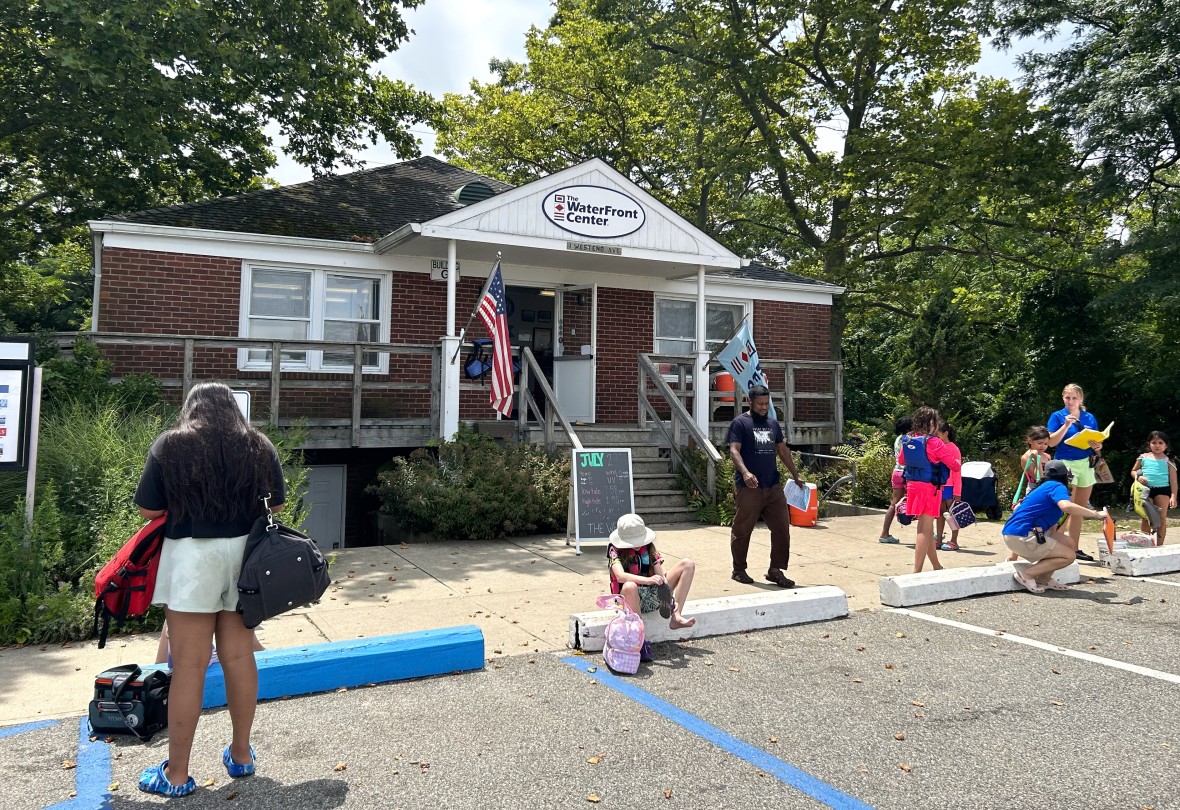
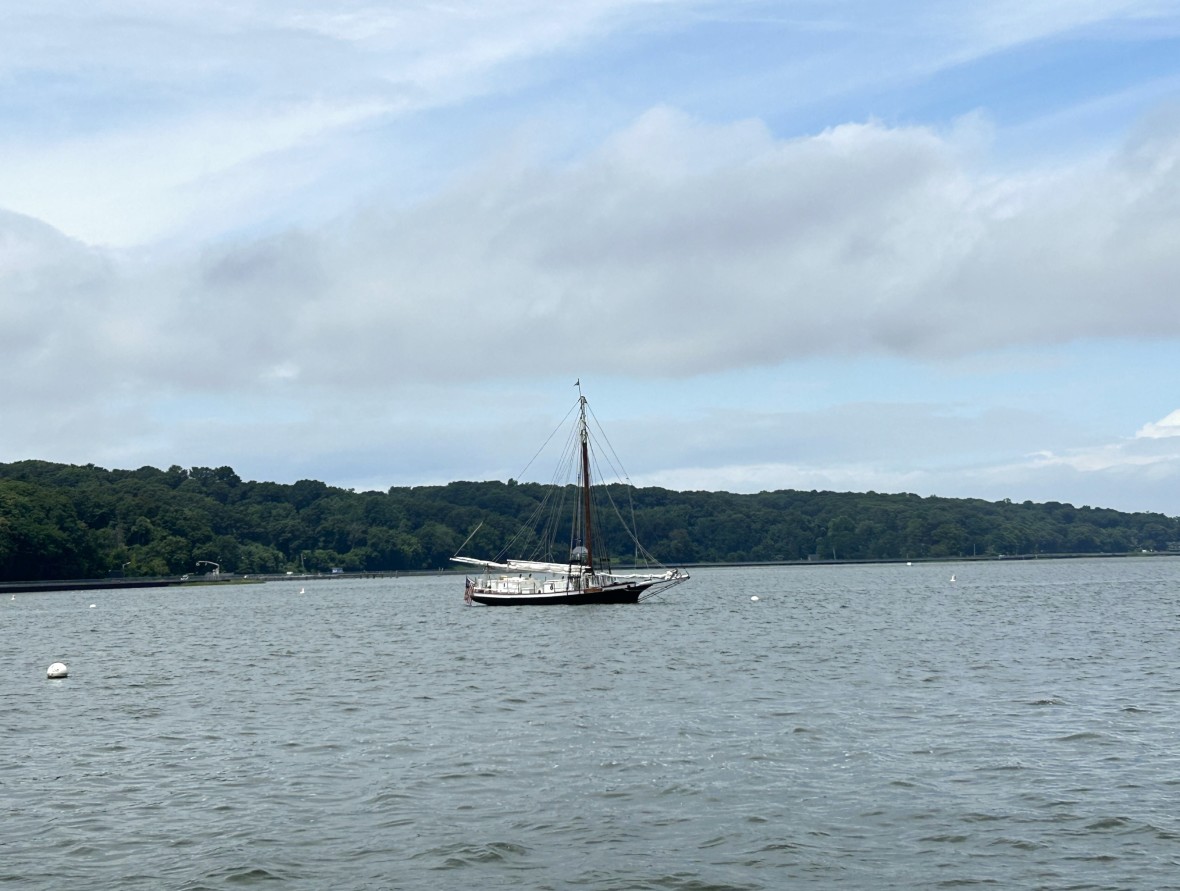
Anyone looking to get out on the water at Oyster Bay should head to The WaterFront Center, where would-be mariners of all ages can learn to sail in group or private lessons. This non-profit organization also offers boat, paddleboard and kayak rentals, educational programs for children, and tours of the harbor aboard the historic ship CHRISTEEN, a 138-year-old craft that’s the oldest oyster sloop in the United States. The WaterFront Center is located near Theodore Roosevelt Memorial Park and offers rentals from 9:00 am to 8:00 pm every day of the week.
Oysters are no longer as plentiful in Oyster Bay as they were in its historical heyday, but for one weekend out of the year, they’re the center of attention at Oyster Festival, an annual celebration of the delectable bivalve that was once a common staple in New York cuisine. Oyster prepared every way imaginable by dozens of vendors is the highlight, but the festival also features oyster shucking, oyster eating contests, carnival rides and games, an arts and crafts market, a street fair on Audrey Avenue, and more. The Oyster Festival will return for its 41st year on October 19 and 20 at Theodore Roosevelt Memorial Park.
Learn about our LIRR Escorted Tours in Oyster Bay here.
GETTING THERE

Getting to Oyster Bay is as easy as buying an LIRR ticket. Simply take a train on the Oyster Bay branch and ride it until the end of the line — a trip that takes roughly one hour and 20 minutes from Penn Station or Grand Central Terminal, or about one hour from the Jamaica LIRR station. The Oyster Bay LIRR station is centrally located, directly across the street from the Theodore Roosevelt Memorial Park and within easy walking distance of Raynham Hall, the Oyster Bay Railroad Museum, Beekman Beach, and downtown Oyster Bay.



